This is, I suspect, what most of people who backed The Banner Saga on Kickstarter have been waiting for. The free-to-play Factions spin-off (released in February) offered an early look at the game’s tactical combat systems, but was decoupled from the narrative and RPG aspects that completed the original pitch.
If you played Factions, you were doing battle with classes and avatars. In The Banner Saga itself, you’re using actual characters. Warriors you’ve confided in, dragged up mountains and possibly lost after making some particularly poor decisions.
Speaking of mountains, take a look at this fantastic in-game map.

A thing of beauty.
For someone like me, brought up on Tolkien and the mythologies of Western Europe, that is precisely the map I want to see in a game inspired by Norse legend. Just savour some of those location names: Schlid, Reynvik, Vedrfell. Let them escape from your mouth with the chill of a frosted breath. Developers Stoic know their way around Scandinavian linguistics just as well as they know low-fantasy cartography.
In the four hours or so I spent with this preview build of The Banner Saga (supposedly around one quarter of the final release,) I was able to guide characters from both West and East coasts of this icy land. From the West, the Varl. Horned giants, pulled into a fragile alliance with a petulant human Prince as the realm settles into an apocalyptic cycle of perpetual night. In the East, Rook, a man cast into the role of chieftain after his village is ransacked by the enigmatic, undead-like Dredge.
All of that information is conveyed with a reassuring lack of exposition, and with a confidence in its audience to pick up on details without encyclopedic info-dumps. This welcome decision is also a bold one, considering the culture the player has to infer clues from is largely unfamiliar. Aside from the odd anachronism (I’m not convinced Rook should be telling anybody to “spill it,”) in-game dialogue trends towards the same subtle, show-don’t-tell approach.

We can infer from this that Ludin is a prick.
The opening chapters alternate between the Varl convoy and Rook’s caravan, as each moves inexorably inland towards the other. They cross gorgeous, Eyvind Earle-inspired landscapes (philistine that I am, I didn’t know who he was before this,) camp at settlements to replenish supplies, and become embroiled in branching, text-based narrative quest-lines. Such quests can propel the player into skirmish-like turn-based battles, or have even more serious consequences like the death of a named hero. During my first run, I managed to lose a promising young warrior and the last surviving member of a certain character’s personal bodyguard to boneheaded choices. If these were scripted, it sure didn’t feel that way.
The Banner Saga doesn’t hold back with dire outcomes (the world does appear to be ending, after all) and seems to be opting for a structure which prevents a cheeky quick-load when things go wrong. You can reload from certain chapter points, but that’s it. Unfortunately, this does have the unintended side-effect of making you very paranoid about where, exactly, it is saving. I lost progress a couple of times and wasn’t thrilled about it.
And things will, definitely, go wrong for your party in this game. My master plan to gain access to a closed-off fortress led to a pair of back-to-back grueling battles which left most of my party injured and in need of rest (in my second time through this quest, I found a route inside that involved no confrontations at all.) Every encounter on the road is a situation that may, potentially, cost you followers, supplies or time. Conversely, it may provide you with new recruits or heroes.

So yes, it’s quite a good looking game.
All of The Banner Saga’s battles are portrayed as turn-based skirmish encounters in which you control up to six of the named heroes in your group. But some conflicts are large enough that they also pull in the generic warriors and peasants travelling along with you as part of the caravan. These ‘wars’ involve a few additional text prompts where the player must make decisions about how best to meet the enemy. Lead a charge (resulting in a tough skirmish battle) and you may save some men. Opt to simply ‘oversee’ the battle and you’ll lose more troops from your convoy but won’t have to risk injury to your named characters.
Those who dabbled in Factions will already know that The Banner Saga’s battle system has some unique properties. Participants have both an Armour and Strength value, with the latter doing double duty as a hit point meter. Damage is determined by subtracting a target’s Armour value from the attacker’s Strength (though there’s always a percentage chance to do at least 1 damage,) so as your heroes get hurt they also become less able to cause harm themselves. When attacking a foe, you can opt to target either Strength or Armour. Certain special abilities affect both. A limited Willpower resource can bolster attacks of all types.
So here’s the dilemma: in every battle, you will be outnumbered. Your heroes will be taking damage no matter what, so although an attack to Armour can seem like a waste (why not just hit their Strength and leave them weaker?) you do not want to be left in a situation where your tired, wounded heroes can no longer cause a scratch the the enemy. This problem is compounded when you have a mixture of Varl and humans in your team, as the former will always hit with decent power, but the basic human warriors will need to whittle down some Armour in order to do much damage.

The Dredge don’t have beards, so they are inherently untrustworthy and must be destroyed.
The further intricacies of this system haven’t yet sunk in for me. There’s clearly scope for laying down traps and using a well-timed special power for knocking people into them, as well as luring the opponent into a position where you can unleash maximum carnage upon them. During one battle, I was gaining boosts to Armour when I pulled men back next to one another, but I wasn’t really sure why and couldn’t replicate it in a later encounter.
So there’s obviously room for tactical improvement on my part, and it’ll take time to figure out a sound strategy for upgrading the heroes (who should get increased Armour breaking powers, who needs pure Strength? and so on.) But I like that. Too often with turn-based systems there’s a clear route to success or a game-breaking skill to max out. The Banner Saga may end up having one of these too, but it’s doing a good job of hiding it so far. The battles are tough, often ending with several of my heroes injured and requiring rest (which in turn eats into your supplies.)
Stoic has done a magnificent job pulling together a unified art style across three different mediums. The hand-drawn figures in close-up dialogue, majestic 2D landscapes and the isometric tactical battles are all quite splendid. The Banner Saga’s setting and writing give credit to the intelligence of the audience, it’s quests show up in a pre-designated order but appear to be diverse in their outcomes, and the turn-based battles are, in these early stages at least, a welcome challenge. 2014 is looking extremely promising for RPG titles on the PC, and Stoic’s title is a firm reason for some of that optimism.
The Banner Saga is due for release on 14 January.

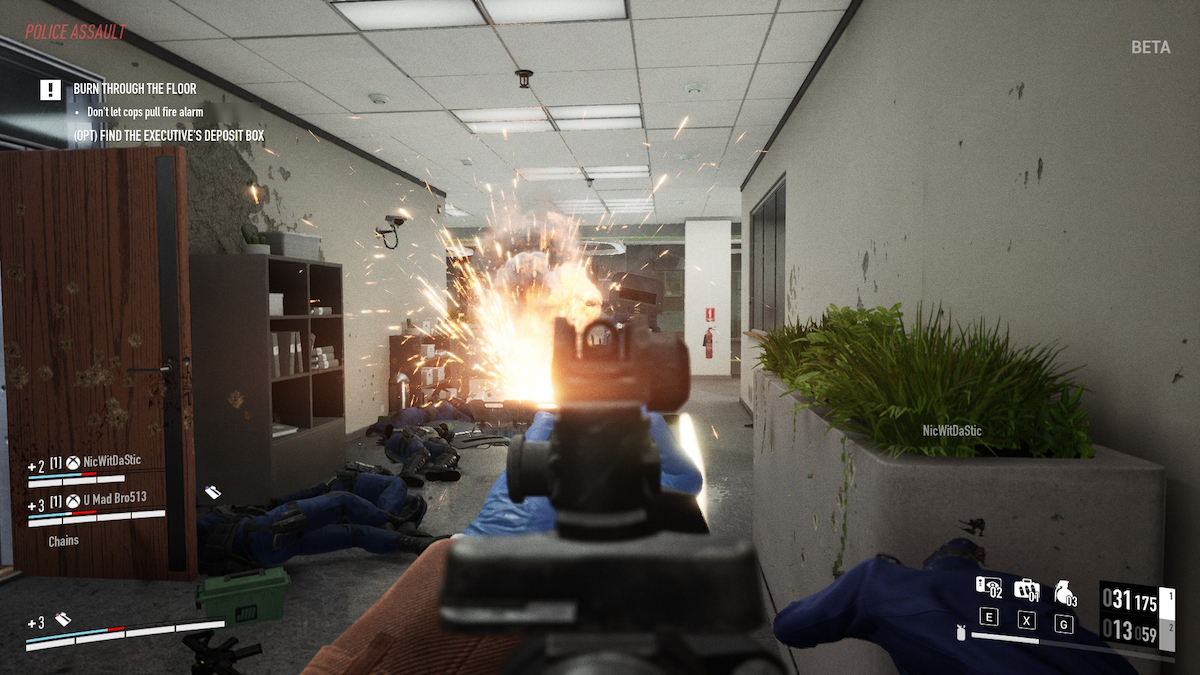
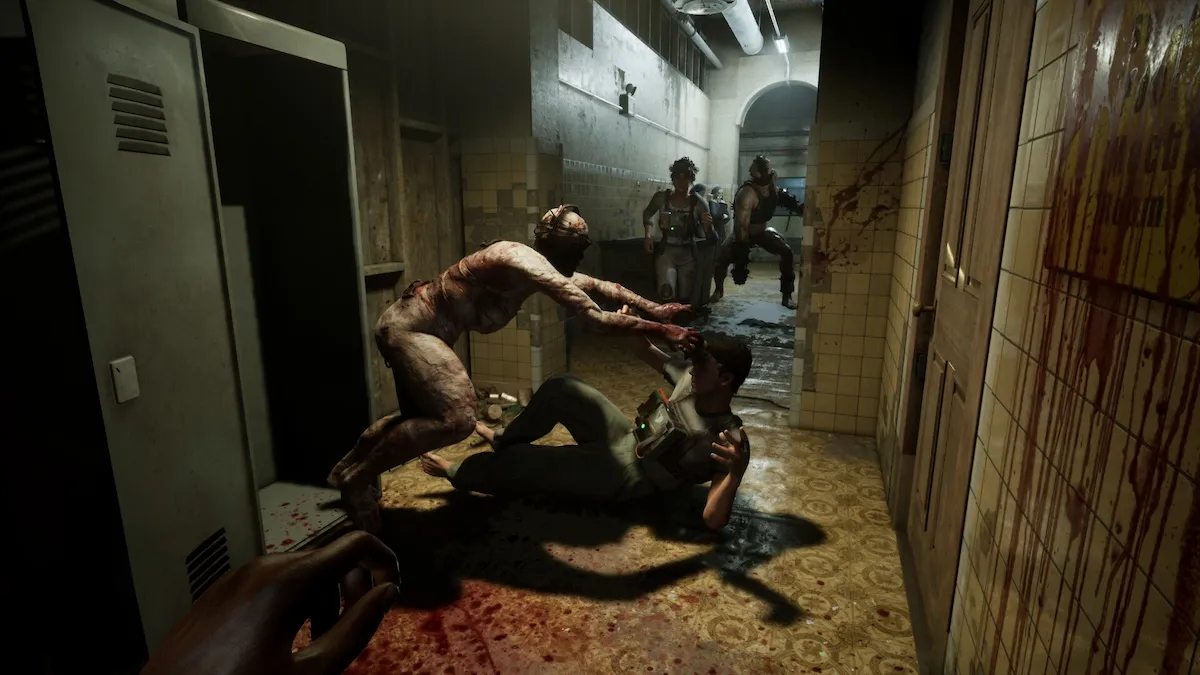
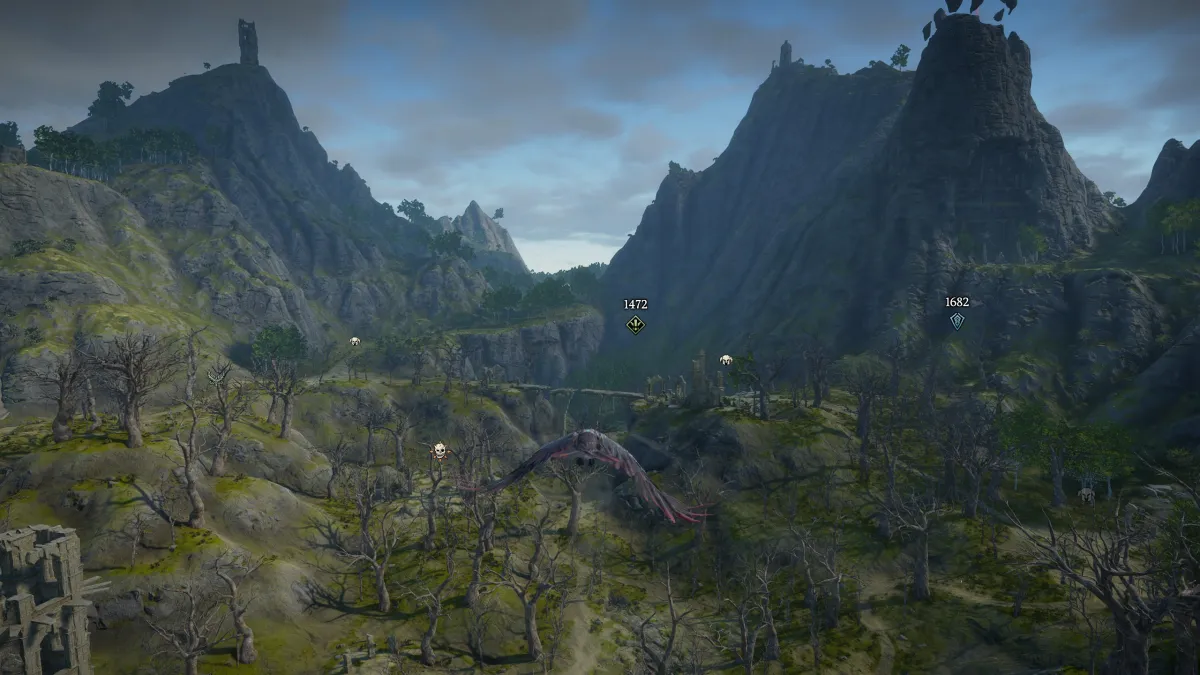
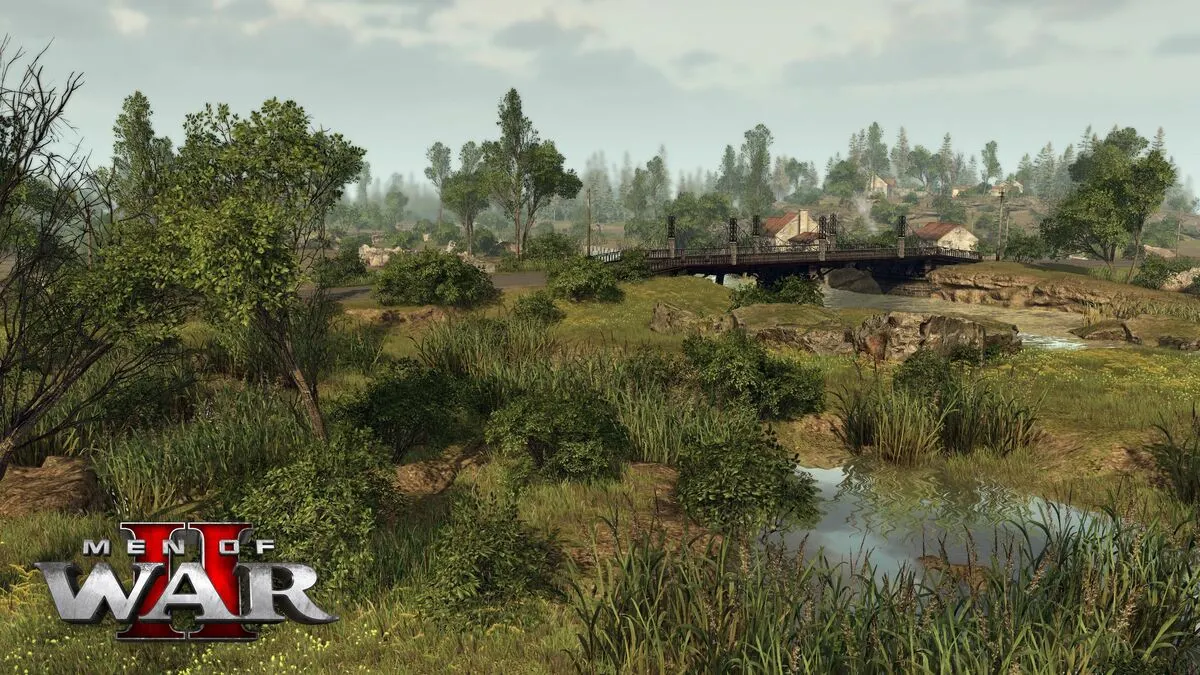
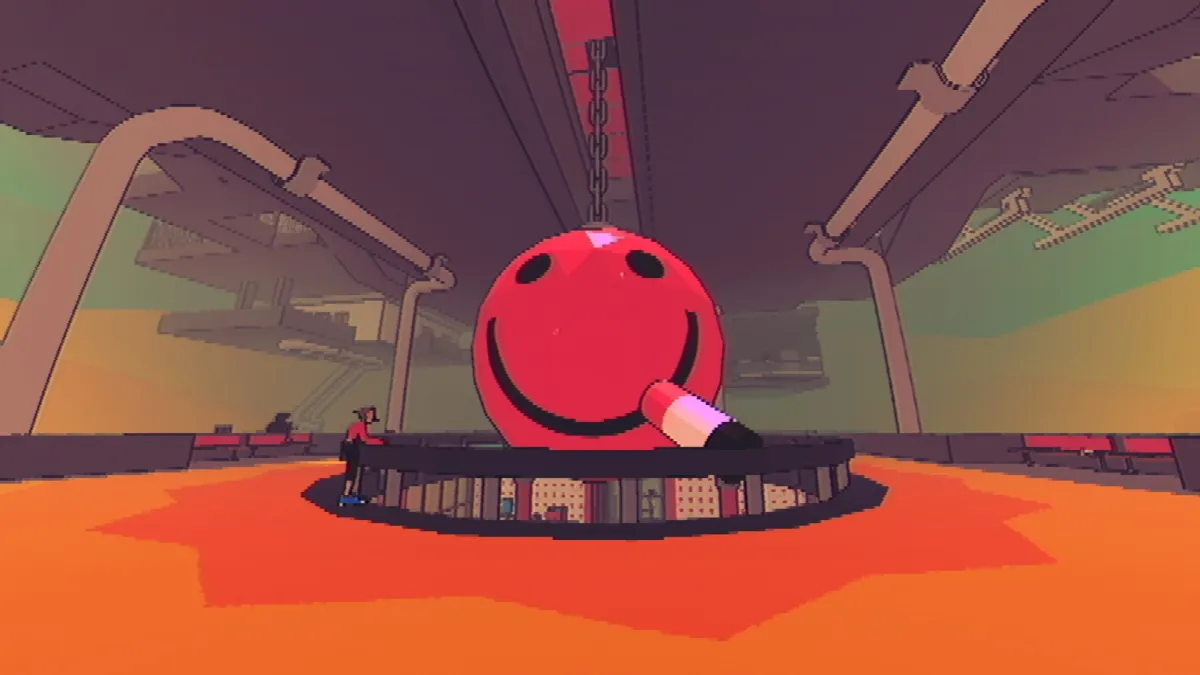
Published: Dec 16, 2013 01:58 pm